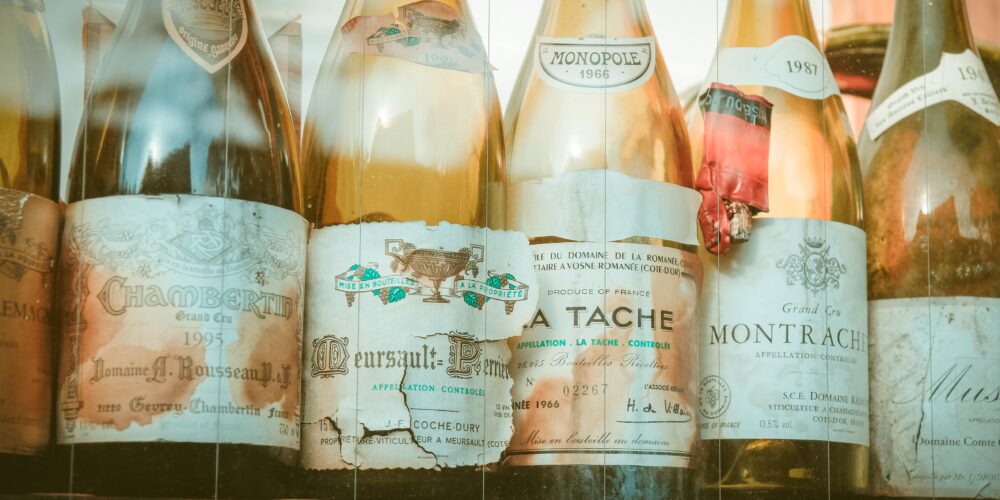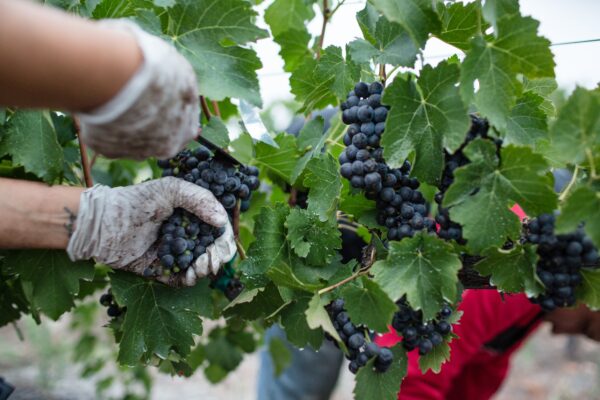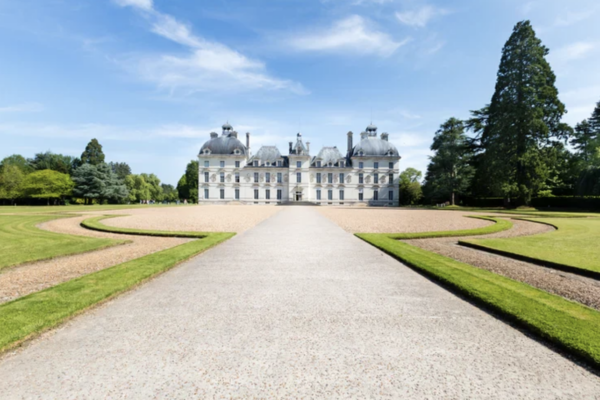Wine has a long history that dates back thousands of years. From antiquity to the present day,wine plays an important role in many cultures.It is thus produced in various regions of the world. Each with its own traditions and production methods. This drink has evolved over time, giving rise to“Old and New World Wines“. In this article, we invite you to explore the history of wine and to discover these two worlds.
The ancient world: the expression of tradition and complexity
The history of wine goes back several centuries and the most renowned wine regions today belong to the ancient world of wine, mainly located in Europe. But what is the old world?
The Old World is characterized by a long history and a strong tradition. THEwine regions of Europe, Asia and North Africa Have been cultivated for centuries. These vines are passed down from generation to generation. The wines produced in these regions have a strong identity and subtle complexity. These wines reflect the terroir, the climate and the know-how of the winegrowers. The methods of traditional winemaking, the wide variety of grape varieties and terroirs as well as wines, often more acidic and less alcoholic, are part of the characteristics of the Old World.
Old World Grapes
In France, for example, we find grape varieties such as Cabernet Sauvignon, Merlot and Pinot Noir for red wines. Or even the Chardonnay, Sauvignon Blanc and Semillon for white wines. Italy, on the other hand, is known for its indigenous grape varieties. We thus find the Sangiovese for red wines and Pinot Grigio for white wines. While in Spain, the most famous grape varieties are Tempranillo and Grenache for red wines. While we find the Albariño and Verdejo for white wines.
These grape varieties are not only interesting for wine lovers. But also for people who want to know more about the history and culture of these wine regions. In effect,the grape varieties are often closely linked to the history and culture of the region where they are grown. Each grape variety has its own characteristics that influence the taste of the wine. To find out more, read our article dedicated to grape varieties.
Traditional winemaking techniques
The techniques of traditional winemaking of the old world of wine are often considered to be among the best in the world. Vinification is the set of processes that make it possible to turn grapes into wine. In The old world, these processes remain very close to traditional methods. However, there have been some developments in recent years.
In general, the grapes are harvested by hand to preserve their quality and prevent them from being damaged. Subsequently, they resorted to removing leaves and branches. Then they are crushed to release their juice, which is gonna be fermented with natural yeasts. During fermentation, the sugar present in the grape juice turns into alcohol.
Traditional winemaking in the old world of wine also involves a prolonged aging in oak barrels. This process adds complex flavors to wine, such as vanilla, tobacco and caramel. And so, he gives a tannic structure which will allow it to age for years.
These traditional winemaking techniques are still used in many wine regions of the old world of wine.They are appreciated by wine lovers all over the world.
The New World: the expression of modernity and fruitiness
The New world of wine is characterized by a constant innovation and a bolder, fruitier expression. Vineyards of North America, South America, Australia, New Zealand and South Africa are newer and less marked by history than those of the Old World . The wines produced in these regions are often more approachable, fruity and expressive. The techniques of innovative winemaking therefore differentiate these wines.
However, this modernity can sometimes result in standardization and mass production. This can result in less subtle and less complex wines. It is therefore important to look for wines produced with care and attention, which reflect the terroir and the grape variety of origin.
The grape varieties play a key role in the history of the new world of wine. Winegrowers experimented with many new grape varieties. Generally, they plant them in areas where these grapes would never have been grown before. Classic European grape varieties such as Cabernet Sauvignon and Chardonnay are introduced into the new wine-growing regions. They are then associated with different terroirs, which gives rise to new styles of wine.
In sum, the story of the new world of wine is exciting. Innovative winegrowers push the limits of the possible to offer spectacular taste experiences. Wines produced in these regions are often more affordable and fruitier. But it is important to look for wines that reflect the terroir and the original grape variety.This allows you to discover all diversity and richness of new world wines.
Modern winemaking techniques
The modern winemaking techniques used in the new world of wine are more often centered on science and technology than on tradition. Winegrowers use sophisticated equipment to control the temperature, fermentation and aging of wines. These techniques allow winemakers to produce more consistent and more predictable wines, without sacrificing quality or complexity.
One of the most popular modern techniques in the new world of wine is the preferential maceration Cold. This technique consists of exposing the grapes to a lower temperature than normal before fermentation. This method allows to extract more flavors and aromas from the grapes, resulting in fruitier and more expressive wines.
In sum, the modern winemaking techniques from the new world of wine have produced more accessible and fruitier wines. They also make it possible to produce more consistent and more predictable wines without sacrificing quality or complexity.
Old world or New world wines?
The choice between the Old World and the New World of wine depends above all on personal preferences.Some prefer subtle and complex Old World wines while others prefer fruity and expressive New World wines.. However, it is possible to strike a balance by exploring wines from different regions and appreciating the qualities of each. The discovery of these two universes is an exciting adventure for all wine lovers.
Learn more
You wish deepen your knowledge of French viticulture and its history? Discover our article « View of a MOF on French viticulture», an analysis of viticulture and the evolution of winemaking in French vineyards today.



